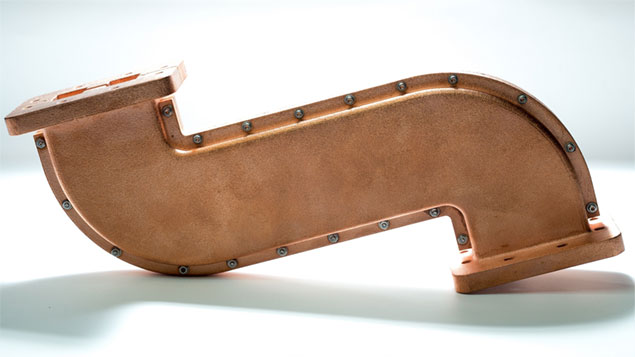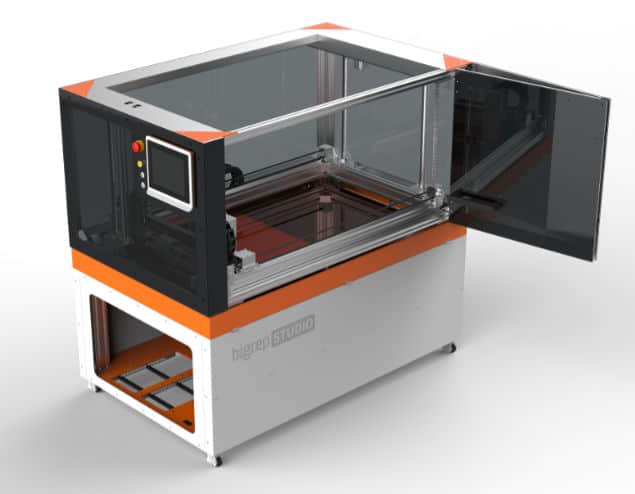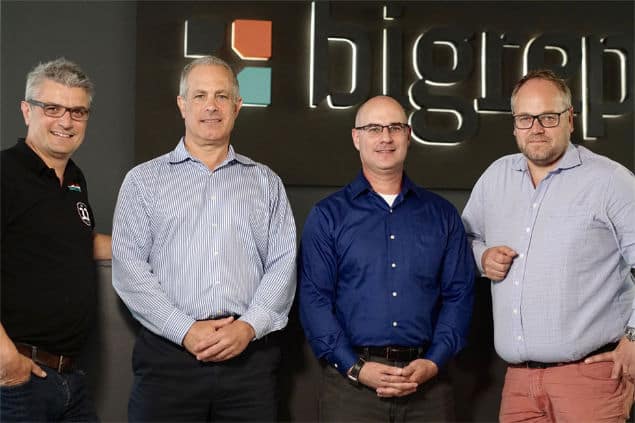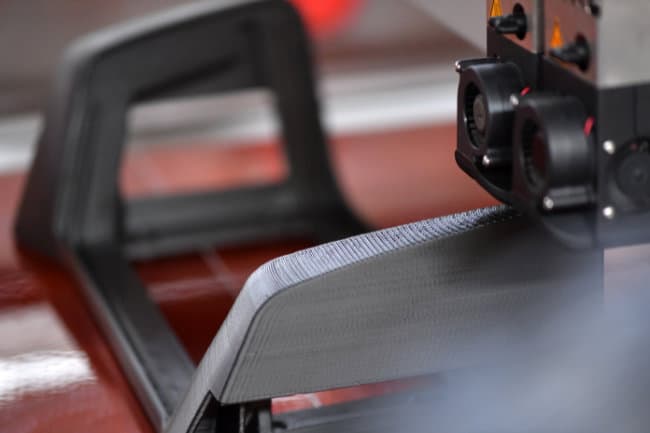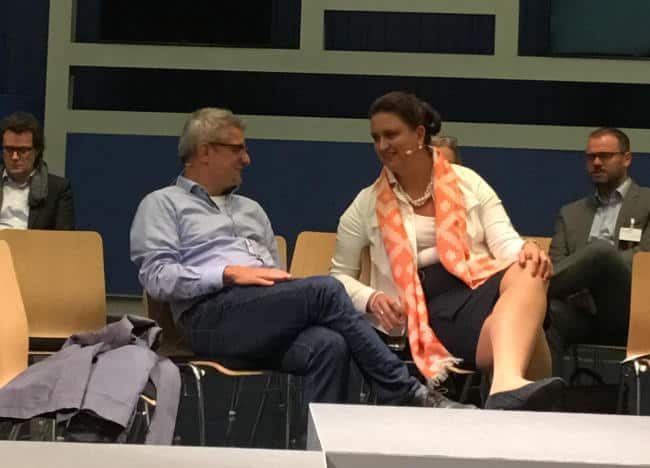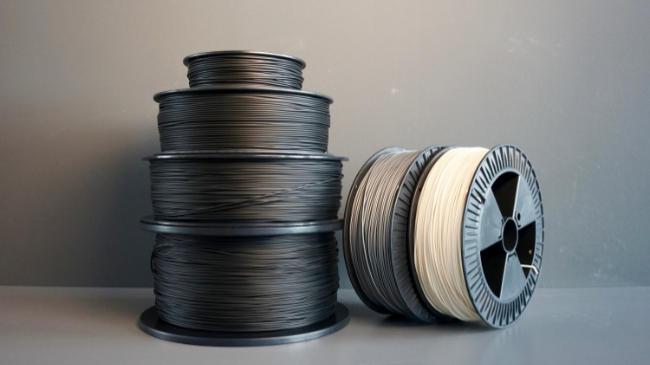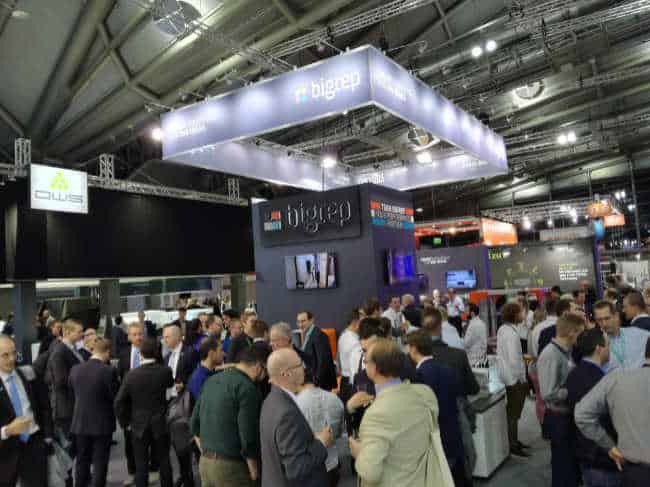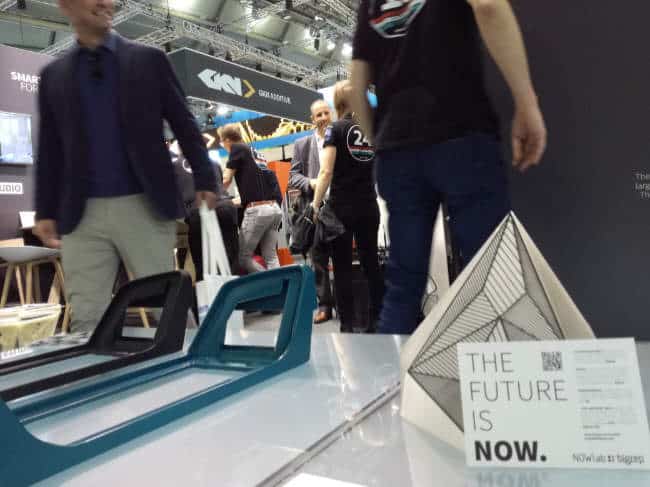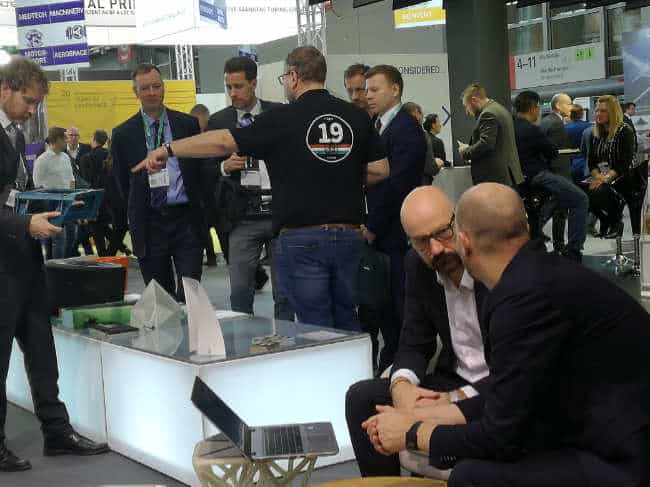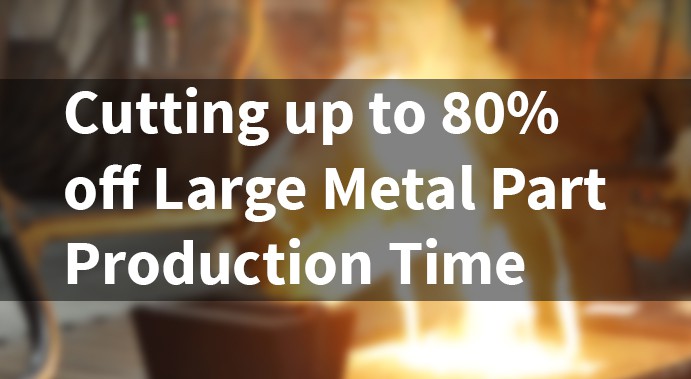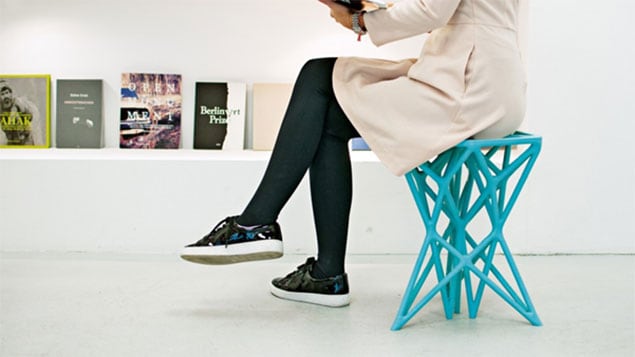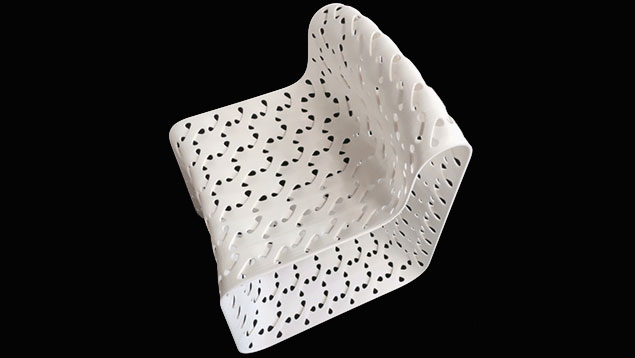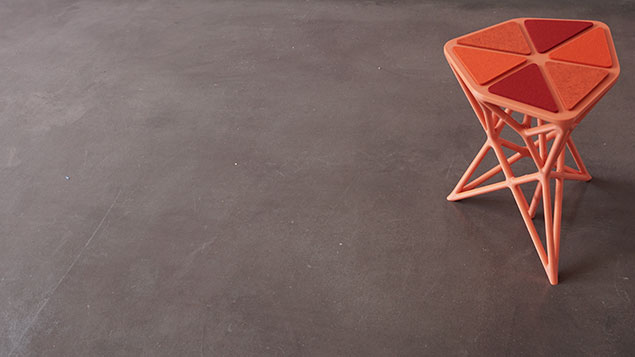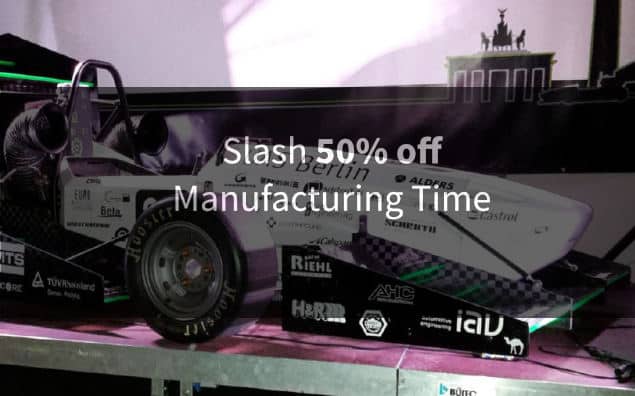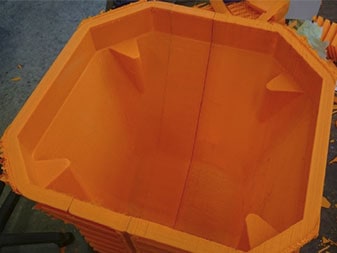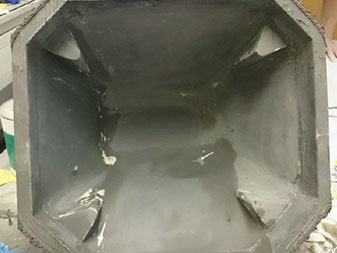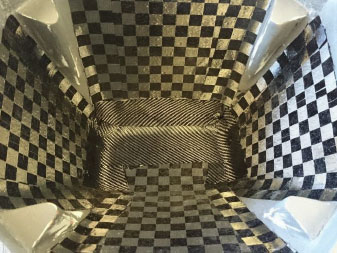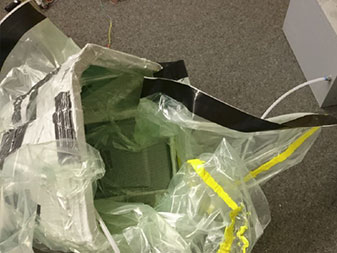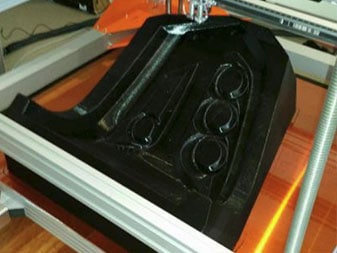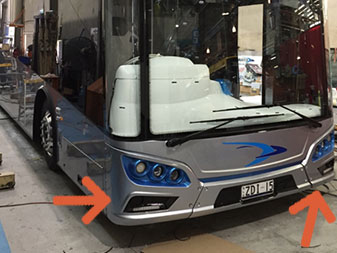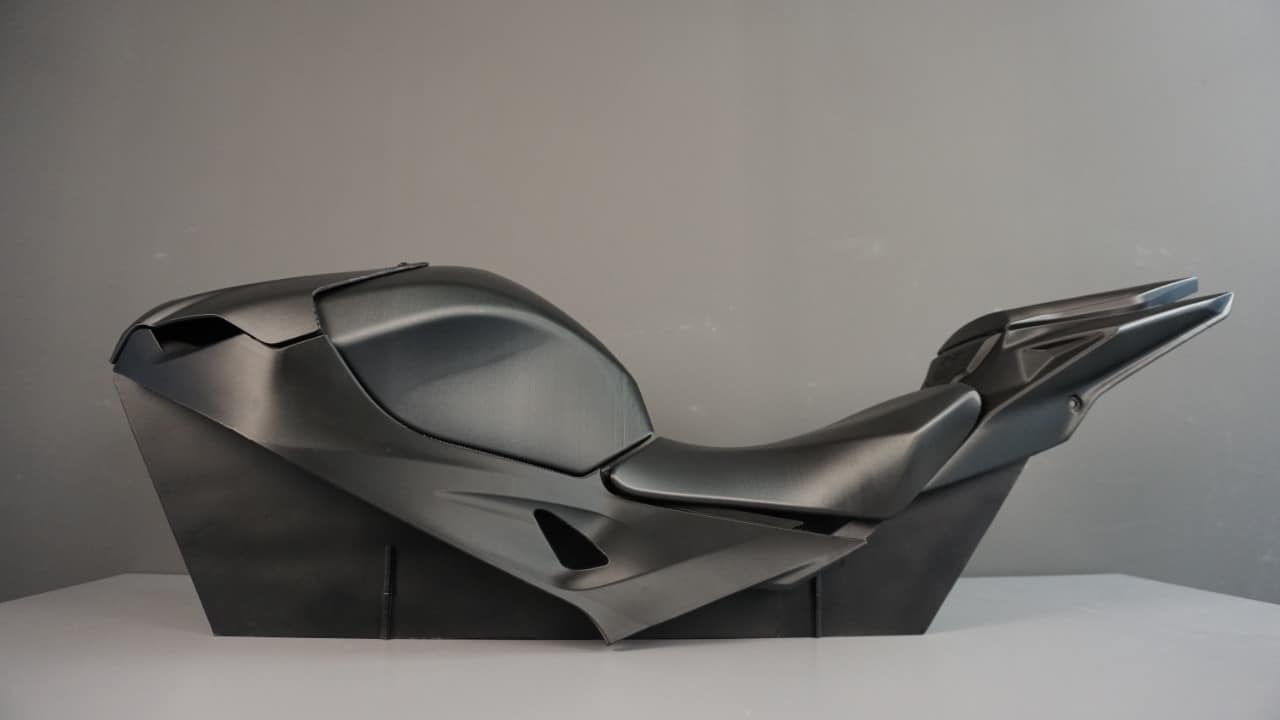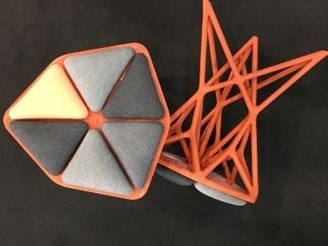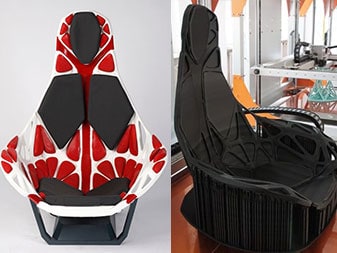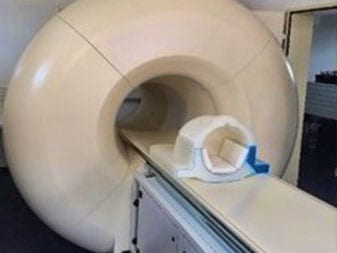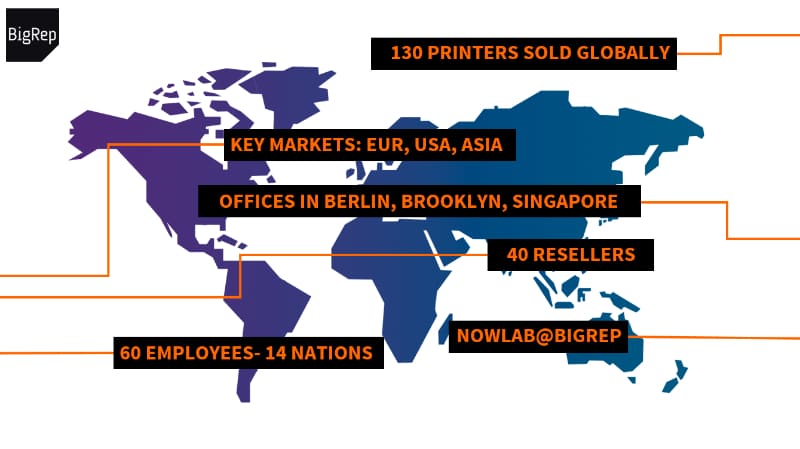When thinking about how large-scale 3D printer technology can add value to industrial design and manufacturing processes, there are two main technologies to consider – additive manufacturing with advanced polymers, and metal 3D printer technology. In both cases, the new technology by replacing a traditional manufacturing method digitizes the process and because of that saves time, reduces costs and increases design freedom.
In recent years, more engineering-grade materials have become available for use with plastic 3D printers and these offer a good solution for metal replacement applications, including for end-use parts. But what if you could combine the advantages of plastic and metal together in one solution? That is where metal plating of large 3D printed plastic parts comes in.
WHAT IS METAL PLATING?
Metal plating is a method of depositing a thin layer of metal, usually Copper or Nickel, on an object made of a different material. This is done in order to improve one or more of the object’s properties, for example strength; thermal or electrical conductivity; chemical resistance or heat deflection temperature. The result – a hybrid product and a new set of potential solutions for metal replacement applications.
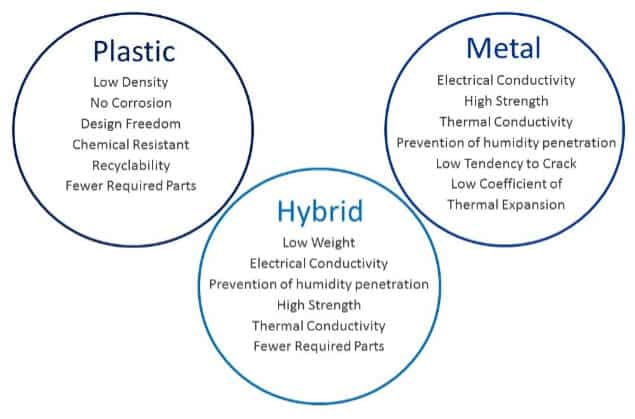
Our experts with +25,000 hours of experience in industrial 3D printing are waiting to sink their teeth into your unique and challenging use case.
APPLICATIONS FOR METAL-PLATING
Metal-plating could enable the introduction of cost-effective hybrid products in heavy industries such as Defense, Electronics & Medical Devices. We can imagine products with the following properties provided by the metal layer:
- EMI/RFI Shielding
- Electrical Conductivity (Plastic antennas, Wave-Guide)
- Barrier Characteristics (offering protection from humidity, chemicals, fumes…)
- Enhancing Mechanical Properties – over the original plastic parta design flexibility
- ESD Protection

ADVANTAGES OF METAL PLATING OF LARGE 3D PRINTED PARTS
Over the past few years a range of 3D printed parts have been successfully metal-plated. Mostly these have been small and medium-sized parts. What would be the advantages of plating large 3D printed parts?
One of the barriers of producing large parts, in prototyping or end-use manufacture, is production cost. BigRep 3D printers allow one to affordably print large parts, up to 1 cubic meter in size. Adding a metal-plating option for such prints gives us a new way to produce large hybrid products which is suitable for advanced applications and at the same time implies cost reductions over solid metal production.
TESTING LARGE-SCALE METAL-PLATED PARTS
Currently BigRep and Polymertal - a global leader in metal plating solutions - together with a large Israeli defense company, are testing a unique large metal-plated part which was printed on a BigRep ONE. Up to now this part has been manufactured out of aluminum in a manual short-series production process.
In the coming weeks the 3D-printed version of this end-use part will be assembled and tested on an Unmanned Aerial Vehicle. Success in testing would mean the defense company has a new option of preforming a fully functional test of such parts which allows for faster design and testing cycles before moving on with manufacturing.
When the companies share their test results, expected in around a month, we will also have a better indication of just how big the potential is for metal-plated 3D-printed parts to replace traditionally made large metal parts.
Learn more about modeling, building and testing custom products fast and cost-efficiently.

With over 22 years in the printing industry, Gil Lavi is a Sr. 3D-Printing Specialist with vast experience in implementing diverse 3D-printing technologies in design and manufacturing processes.
Connect with Gil on Linkedin HERE.
